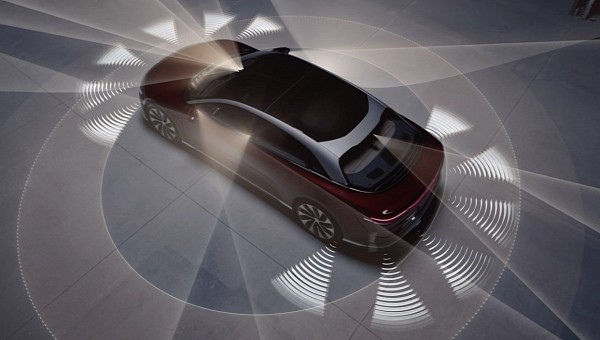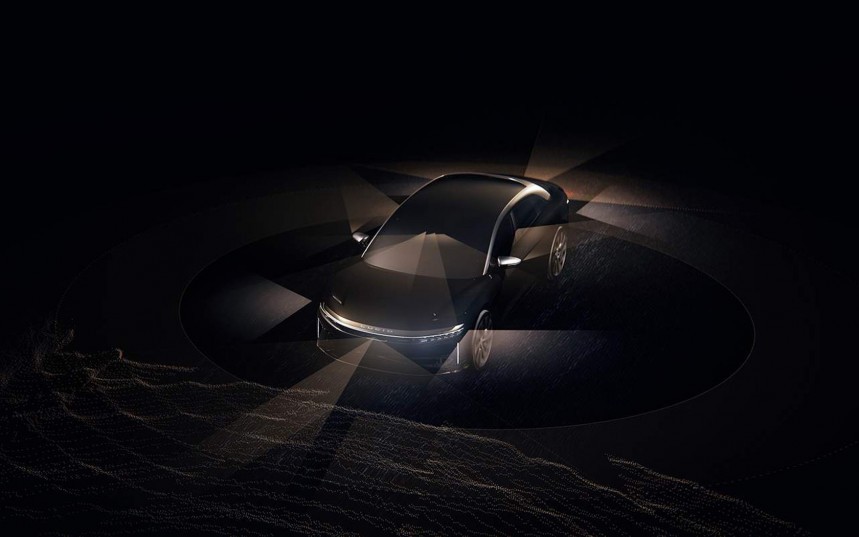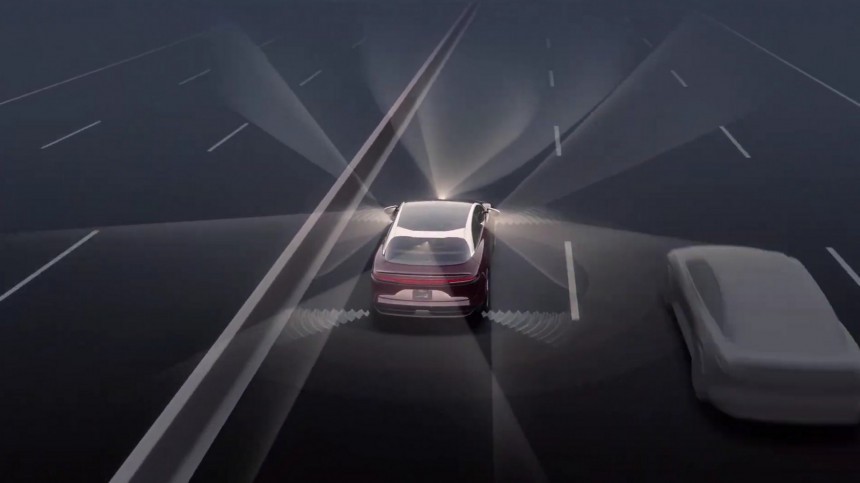Lucid’s quality issues are making more headlines. After we published the problems the company is facing with the Air on October 7, Business Insider confirmed that by interviewing 19 owners of the electric sedan, checking complaints to the National Highway Traffic Safety Administration (NHTSA), and interviewing people who worked at Lucid. A new source of concern is software.
According to Business Insider, most owners see the software problems as inconvenient, but that may tarnish the brand because of the public it targets with its vehicles. Luxury customers are used to a more premium and reliable experience than the Air currently offers.
Among the problems it has caused, there are reports of cars bricking and also driving in the wrong way. Although Business Insider did not disclose the circumstances in which that happened, we can assume it was while using the DreamDrive advanced driver assistance systems (ADAS). Driving in the wrong direction in any other situation would be a problem with the driver, not the vehicle.
Philip Koopman saw that as an opportunity to address how car companies are dealing with software. From the autonomous vehicle safety expert’s view, Lucid’s problems reflect a more widespread mistake most carmakers are committing with “computers on wheels.”
The AV safety specialist and computer engineering professor at Carnegie Mellon University wrote on his blog that you must not treat software as if it was a single thing. You can have a “shiny infotainment system,” but that must not interfere with “critical deeply embedded control firmware.” What we are currently seeing is that “cost is pushing companies to mix shiny with critical more than they should.”
Koopman also talks about “AI software based on machine learning” and states that it “is being asked to do safety-critical work but often without using the foundational skills and processes of the critical software experts.” In other words, you have software on the streets performing critical safety tasks without the fundamental elements to ensure it is performing safely. That applies to DreamDrive and Tesla’s ADAS, such as Autopilot and Full Self-Driving.
When you can’t turn on Android Auto or Apple CarPlay, you can consider that a software glitch. However, when your backup camera fails, that’s a safety defect, and it should be treated as critical for safety. It has already raised the useless discussion of if something that can be fixed with an over-the-air (OTA) update needs to be called a recall. It does: anything that threatens safety needs to be fixed by a recall, regardless of how you perform it.
With the example of the malfunctioning backup cameras, Koopman warns that carmakers have “a critical function (backup camera; by definition safety critical per FMVSS) is hosted on a platform optimized for shiny (software).” In his opinion, “the only surprise is that car companies persist in thinking that plan will work out well.” The AV safety specialist also believes AI should be limited to shiny software while “there is a significant gap to overcome in skills, workflows, etc.”
Finally, Koopman states that automakers should stop treating “software staff as fungible.” Developers of shiny software are fundamentally different from those working with critical software – not because of any capacity, but mostly for training and mindsets. He gives a funny example: “anyone talking about ‘coding’ is in the shiny software business, especially if they indicate that knowing how to code is equivalent to being a software engineer.”
This is possibly one of the reasons why Dan O’Dowd is such a ferocious critic of Tesla’s FSD. The billionaire made his fortune with critical software, and he must see FSD as shiny software, without the prerequisites something dealing with safety should have. We’d have to ask him about that to be sure, but that seems very likely.
Among the problems it has caused, there are reports of cars bricking and also driving in the wrong way. Although Business Insider did not disclose the circumstances in which that happened, we can assume it was while using the DreamDrive advanced driver assistance systems (ADAS). Driving in the wrong direction in any other situation would be a problem with the driver, not the vehicle.
Philip Koopman saw that as an opportunity to address how car companies are dealing with software. From the autonomous vehicle safety expert’s view, Lucid’s problems reflect a more widespread mistake most carmakers are committing with “computers on wheels.”
Koopman also talks about “AI software based on machine learning” and states that it “is being asked to do safety-critical work but often without using the foundational skills and processes of the critical software experts.” In other words, you have software on the streets performing critical safety tasks without the fundamental elements to ensure it is performing safely. That applies to DreamDrive and Tesla’s ADAS, such as Autopilot and Full Self-Driving.
When you can’t turn on Android Auto or Apple CarPlay, you can consider that a software glitch. However, when your backup camera fails, that’s a safety defect, and it should be treated as critical for safety. It has already raised the useless discussion of if something that can be fixed with an over-the-air (OTA) update needs to be called a recall. It does: anything that threatens safety needs to be fixed by a recall, regardless of how you perform it.
Finally, Koopman states that automakers should stop treating “software staff as fungible.” Developers of shiny software are fundamentally different from those working with critical software – not because of any capacity, but mostly for training and mindsets. He gives a funny example: “anyone talking about ‘coding’ is in the shiny software business, especially if they indicate that knowing how to code is equivalent to being a software engineer.”
This is possibly one of the reasons why Dan O’Dowd is such a ferocious critic of Tesla’s FSD. The billionaire made his fortune with critical software, and he must see FSD as shiny software, without the prerequisites something dealing with safety should have. We’d have to ask him about that to be sure, but that seems very likely.









